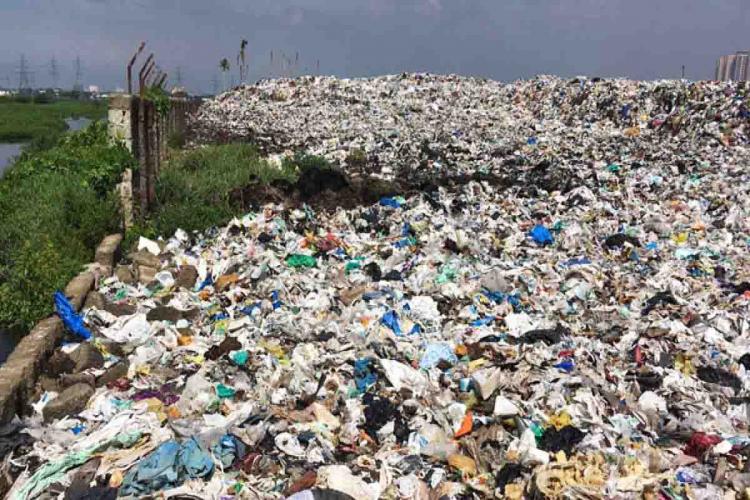Waste management has become a major environment protection concern in recent years, as the number and complexity of waste streams has increased, as a result of our consumer-based society’s ever-growing product range.
Since the early 1980s, when uncontrolled toxic waste were linked to serious health consequences in populations exposed at Love Canal, New York, and Times Beach, Missouri, hazardous waste has been subject to extensive and costly regulations.
Although the US legislative reaction has been thorough, there are still a slew of issues that require more sophisticated management inside the US regulatory framework. Hazardous waste & municipal solid trash are the two types of waste that are regulated in the United States.
Combined, the two categories produced almost 422 million tones in 1995–96. Despite the fact which it comprises domestic hazardous trash, solid waste is not deemed hazardous. Even though household waste includes a mixture of inert & dangerous components, it is classified like municipal solid waste and is not subject to the same stringent federal rules as hazardous waste.
US waste management
The federal government administers the regulations dealing with emissions of hazardous substances that may damage public health, welfare, or the environment via the US Environmental Protection Agency (EPA). The EPA had developed risk assessment processes to estimate the size and hazard of such discharges. Quantitative risk assessment is method for assessing hazards, exposures, and the likelihood of adverse health impacts on target populations.
This overview of US waste management regulations discusses some of the current difficulties in risk-based decision-making, as well as risk assessment methods developed by the EPA over the last twenty-five years. As new scientific knowledge becomes available, risk assessment technique is continually growing and being enhanced.
It has lately been broadened to include ecological risk, and it is used to assess hazards to a wide range of human and animal health impacts. This methodology is used in most environmental regulation in the United States that deal with harmful discharges.
Hazardous waste contains, in varying quantities, toxic or hazardous elements that pose risks to human health and the environment. This is why they are subject to special regulations for their management and valuation. Each waste producer must characterize and classify their waste.
The regulation of the characterization of the hazardousness of waste has evolved significantly in recent years through action by the Federal Government to prevent the risks incurred for populations and the environment, and more particularly to converge the classification substances and mixtures and their labelling.
Hazardous waste, due to the greater risks associated with handling it, is subject to several strict rules:
- specific packaging or packaging and labeling, in accordance with EPA regulation;
- a ban on mixing with any other substance or object, whether or not it is waste (except in special cases requiring authorization from the prefect and generally issued in the case of the treatment of this waste);
- special monitoring thanks to a hazardous waste monitoring slip, making it possible to trace the waste and identify the actors in its management from its place of production to its disposal. Hazardous waste also requires specific facilities for its management (storage, treatment) in order to better manage the associated risks and nuisances: protection of water and soil, management of accidental risks, treatment and monitoring of emissions into water, the air…
Environment: Texas, champion of plastic pollution
Texas is the champion of plastic pollution. In this southern American state, millions of pellets are scattered everywhere in nature. Such plastic pollution should exceed that caused by coal. If only the residents could recycle more of their plastic items!
Some initiatives exist regarding Texas recycling services like in Waco, but there is still a long way to go regarding appropriate waste management practices. All Texas residents and businesses must get involved with recycling their plastic and other items.
A story comes up regularly in southeast Texas, in the small towns that border the Gulf of Mexico. The region is home to the largest oil and gas industries. The story has many variations but all of them are like this: I have a very good friend who died about six months ago from cancer.

